Cannabinoid THC Dominant
THC 16.67 - 17.67%
CBD 0.33 - 0.71%
Effect Sleepy
Side Effect Dry eyes
Flavor Sweet
Purple Buddha Strain
THC
CBD
Potency
The Purple Buddha strain is Indica-dominant cannabis, which has inherited Mendocino Purps genetics. Its origin traces to Afghanistan, Colombia, Mexico, India, and Thailand and results in a phenotype with a stunning content of cannabinoids:
- THC 16.67-17.67%
- CBD 0.33-0.71%
- CBC 0.26-0.62%
- CBG 0.19-0.76%
- CBN 0.05-0.2%
- THCV 0.22-0.46%
Moderate THC levels make it a safe choice for beginning smokers and a reliable option for all recreational users.
Strain Smell and Taste
Due to an impressive lineage, this marijuana type presents a combo of diverse aromas. It combines a sweet berry bouquet with grape notes, as typical for sabinene and myrcene. The smell of butter is added to this flavor palette as affected by the borneol terpene.
Most Common Effects
This cannabis is characterized by uplifting effects and can cause smokers to feel relaxed and euphoric. It reduces stress, bringing people calmness and sedation and making them free and happy as if they were the real Buddha. It can induce laziness and sleepiness. In single smokers, Purple Buddha can prompt munchies.
The strain works well on both physical and mental ailments. Medical marijuana patients report that this kush is a favorite for sufferers from:
- Stress
- Insomnia
- Lack of appetite
- Migraines
- Arthritis
- Depression
- Parkinson’s disease
Negative reactions caused by this weed consumption are not common but should be mentioned for the users’ sake:
- Dry eyes
- Thirst and dry mouth
- Insomnia
- Dizziness
- Paranoia
- Slurred speech
- Headache
Cultivation Facts
The Purple Buddha strain is not a common kush variety but easy to cultivate. From seed to harvest, it takes 51-58 days for this type to mature and flower. Depending on the species, buds can range in color from green to deep purple. Thanks to its Indica ancestors, the plants are pretty compact and amount to 30’’-60’’ in height. Indoor growers can expect less than 0.5 oz./ft2 in 63 days after germination. In a warm and dry outdoor climate, the plants deliver more generous yields.
Side Effects
Simply let us know how this strain tastes or write a detailed review.
Purple Buddha Strain Cannabinoids
| THC | Tetrahydrocannabinol, or THC, is a major cannabis chemical compound. It is a psychoactive element that stimulates dopamine release and induces euphoria or happiness. THC-rich strains may be helpful with such conditions as lack of appetite, chronic pains , etc. It is considered to be the primary active marijuana component. | 16.67 - 17.67% |
| CBD | Cannabidiol, or CBD, is a major compound in cannabis, which is non-psychoactive. It is also proved to counteract the side effects of the second major component THC. CBD is widely used for medicinal purposes in rubs, oils and so on. It is helpful in muscle pain cases, may treat arthritis and migraines. Even Greeks used it against pain, while Queen Victoria applied it to get rid of menstrual cramps. | 0.33 - 0.71% |
| CBC | Cannabichromene, or CBC, is a minor cannabinoid, meaning that its quantity in cannabis is quite little. Though it has the same origin as CBD and THC, it is different in functions. Without any psychoactive effects, it is an efficient cannabis compound in combating acne and depression. CBC produces analgesic, antibacterial and anti-inflammatory effects. | 0.26 - 0.62% |
| CBG | Cannabigerol, or CBG, is one of the minor cannabis compounds in adult plants. On the other hand, young ones contain a lot of this antibacterial and anti-inflammatory component. During the growth, CBG is converted into different cannabinoids, mostly THC and CBD. The compound itself increases appetite and decreases eye pressure. | 0.19 - 0.76% |
| CBN | Cannabinol, or CBN, is a trace element in cannabis that is considered to be mildly psychoactive. It appears from oxidation THC, exposed to light and heat. CBN is mostly contained in old cannabis and in traditional hashish. It is effective against insomnia, bacterial infections and appetite loss. | 0.05 - 0.2% |
| THCV | Tetrahydrocannabivarin, or THC-V, is a compound contained in cannabis in trace amounts. Even though it is close to THC molecularly, it is different in effects. This compound may be psychoactive only in large amounts. THC-V reduces blood sugar, controls appetite, stimulates bone growth, etc. African Sativa strains are the richest in THC-V. | 0.22 - 0.46% |
Purple Buddha Terpene Profile
| Pinene | Pinene is one of the most widespread terpenes in nature, found in pine trees, basil, nutmeg, parsley, and rosemary. Cannabis containing terpene (alpha-pinene or α-pinene) boasts a strong pine scent. Pinene is responsible for anti-inflammatory, pain-relieving, and anti-anxiety effects. | 0.17% |
| Borneol | Borneol is a terpene with a woody, camphor-like aroma, naturally occurring in ginger, rosemary, camphor, and thyme. Borneol has been used in traditional Chinese medicine for thousands of years as an anti-inflammatory, pain-relieving, and anticoagulant means. Borneol has the distinctive property of boosting the effects of medical drugs. In cannabis, Borneol is one of the most commonly occurring terpenes. | 0.19% |
| Myrcene | Myrcene (also known as β-myrcene) is one of the most common terpenes found in cannabis, representing more than 20% of the modern marijuana terpene profile. Myrcene has a distinct earthy, musky flavor, resembling cloves. It is responsible for calming and soothing effects of weed. Myrcene is also found in hops, thyme, mango, lemongrass, guava melon. | 0.23% |
| Ocimene | Ocimene (derived from the Ancient Greek word Ocimum meaning basil) is a terpene with sweet and herbaceous flavors, also boasting citrusy and woody undertones. Naturally, ocimene occurs in mint, parsley, orchids, hops, kumquats, mangoes, basil, bergamot, lavender, and pepper. Offers antifungal, anti-inflammatory, and antiviral properties. | 0.03% |
| Humulene | Humulene (also known as α-humulene) is one of the major terpenes found in cannabis, contributing to woody, earthy, spicy, herbaceous, and, mainly, floral aromas of cannabis. Used in modern medicine, humulene offers anti-inflammatory, antibacterial, and appetite suppressant effects, which have been well-researched by pharmaceutical companies. | 0.02% |
| Limonene | Limonene (also known as d-limonene) is the second most common terpene in nature and the third most common terpene in cannabis. It has a powerful citrus aroma and can be found in all citruses, including lemons, oranges, grapefruits, limes, juniper, etc. Limonene is known to elevate moods and provide anxiety, depression, and stress relief. | 0.04% |
| Linalool | Linalool (also known as beta linalool, linalyl alcohol, linaloyl oxide, and p-linalool) is one of the rarest terpenes found in cannabis, mostly in small quantities. Linalool is known for its spicy and lavender aroma, bringing relaxation and calming effects. It is also said to provide anti-inflammatory and analgesic properties that can be useful for athletes. | 0.02% |
| Sabinene | Sabinene is a terpene with a peppery, spicy, citrusy, and piney aroma, presented in Norway spruce, Holm oak trees, black pepper, cardamom, and carrot seeds. Found in cannabis in small quantities. Allegedly, sabinene has anti-inflammatory and antimicrobial properties. | 0.27% |
| Caryophyllene | Caryophyllene (also known as beta or b caryophyllene) is a terpene found in many herbs and spices, such as black pepper, basil, rosemary, and oregano. Cannabis high in caryophyllene delivers a strong spicy, peppery aroma, resembling cinnamon and cloves. Caryophyllene offers potent anti-inflammatory and sedative effects. | 0.03% |
| Total terpenes content | 1.00% |
Growing Info
Purple Buddha strain lineage
Similar Strains
THC 11.67 - 13.67%
CBD 0.39 - 0.75%
Effect Relaxed
Flavor Skunk

THC 18.65 - 20.65%
CBD 0.76 - 0.95%
Effect Relaxed
Flavor Sweet
THC 19.88 - 21.12%
CBD 0.35 - 0.57%
Effect Relaxed
Flavor Diesel
THC 18 - 22%
CBD 0.84 - 1.13%
Effect Happy
Flavor Tar
THC 19 - 19%
CBD 0.16 - 0.4%
Effect Happy
Flavor Mint
THC 22 - 23.75%
CBD 0.49 - 0.77%
Effect Sleepy
Flavor Sweet
THC 8.5 - 11.5%
CBD 0.02 - 0.23%
Effect Creative
Flavor Sage
THC 16.5 - 18%
CBD 0.38 - 0.75%
Effect Uplifted
Flavor Spicyherbal
THC 18 - 20.25%
CBD 0.57 - 0.86%
Effect Relaxed
Flavor Woody
THC 19.75 - 21%
CBD 0.48 - 0.8%
Effect Happy
Flavor Mint

THC 15.5 - 17.75%
CBD 0.49 - 0.76%
Effect Happy
Flavor Sweet

THC 16 - 17.5%
CBD 0.39 - 0.88%
Effect Uplifted
Flavor Pine
THC 12.25 - 14.75%
CBD 0.4 - 0.84%
Effect Happy
Flavor Spicyherbal
THC 21.67 - 24%
CBD 0.64 - 0.94%
Effect Tingly
Flavor Lemon
THC 23 - 26.5%
CBD 0.4 - 0.36%
Effect Relaxed
Flavor Sweet

THC 23.5 - 25.5%
CBD 0.19 - 0.4%
Effect Sleepy
Flavor Strawberry

THC 20 - 23%
CBD 0.38 - 0.49%
Effect Sleepy
Flavor Earthy
THC 8.75 - 11.88%
CBD 0.04 - 0.28%
Effect Giggly
Flavor Sweet
THC 17.12 - 22.75%
CBD 0.07 - 0.42%
Effect Tingly
Flavor Grape
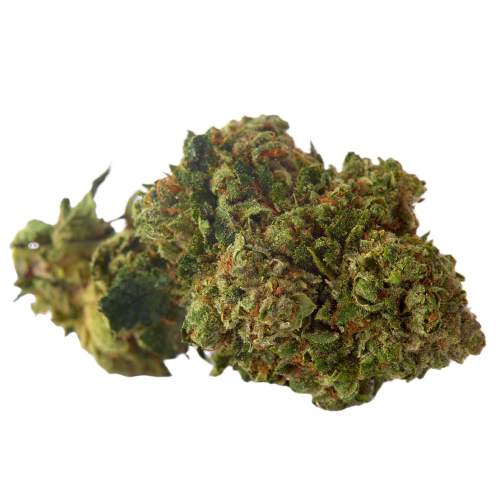
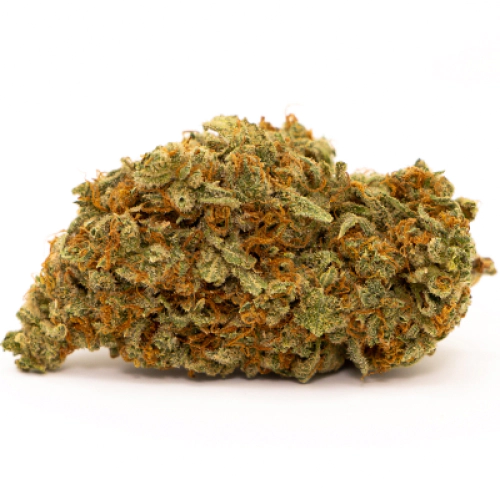
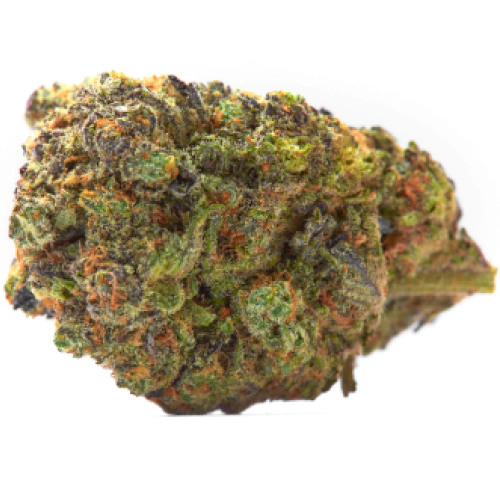

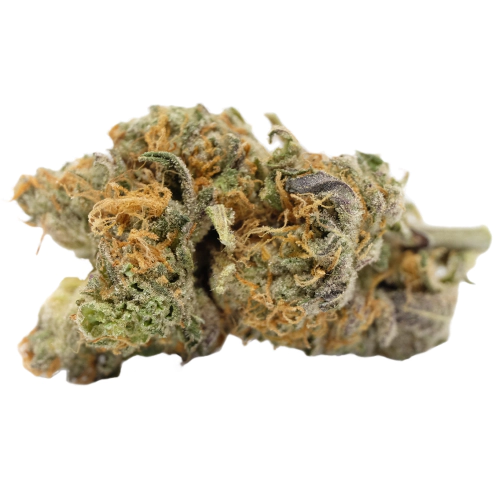
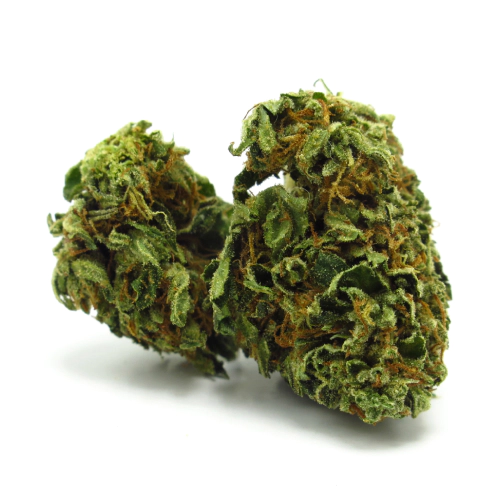

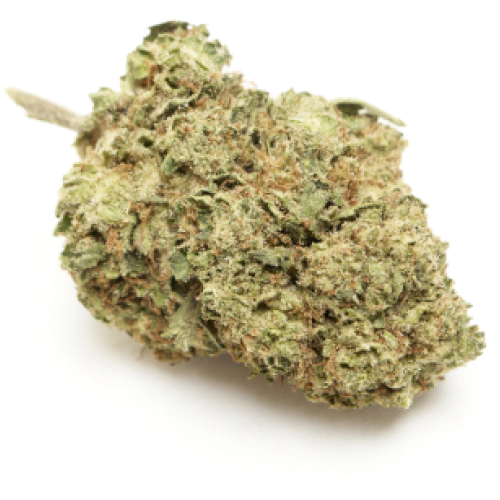
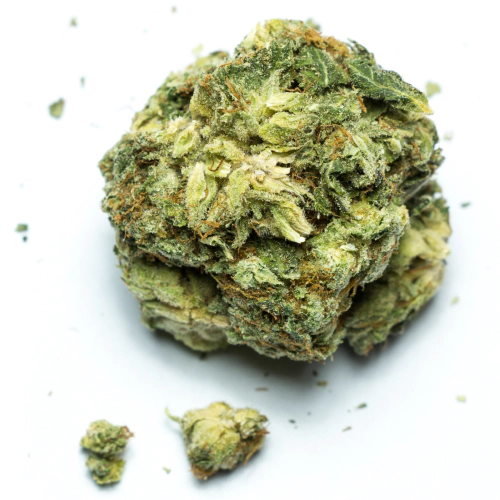
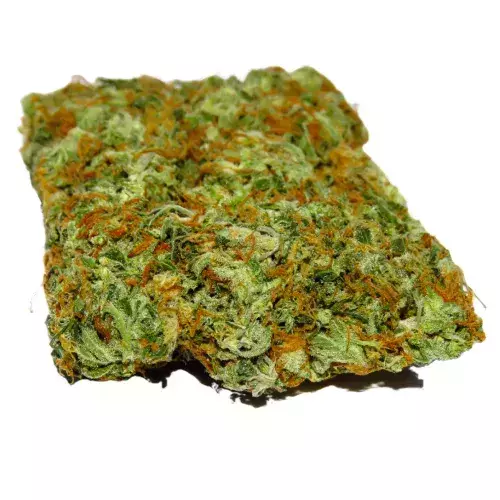


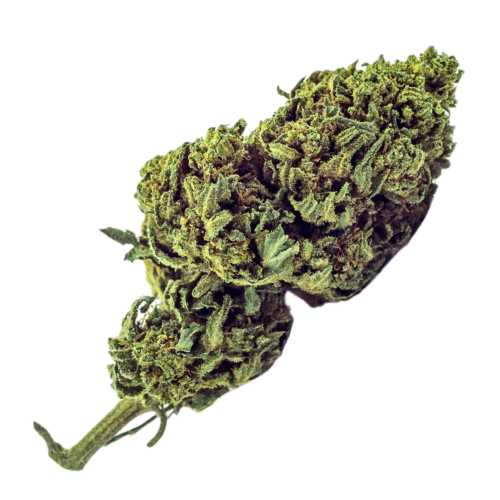
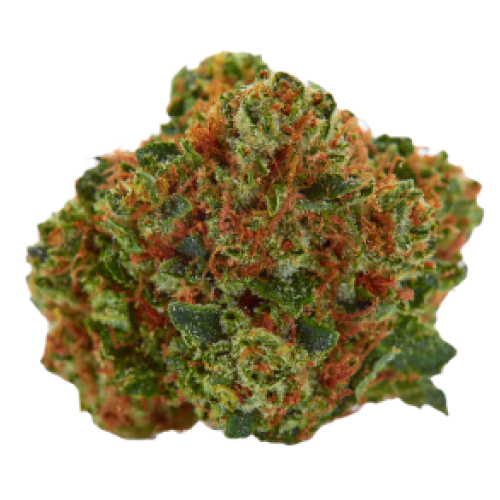
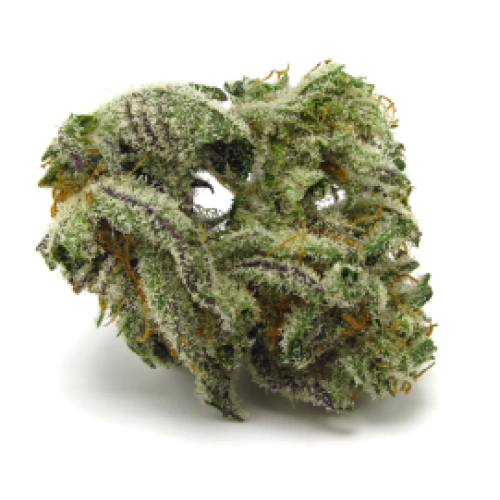
Be the first and share your opinion
Write a Review